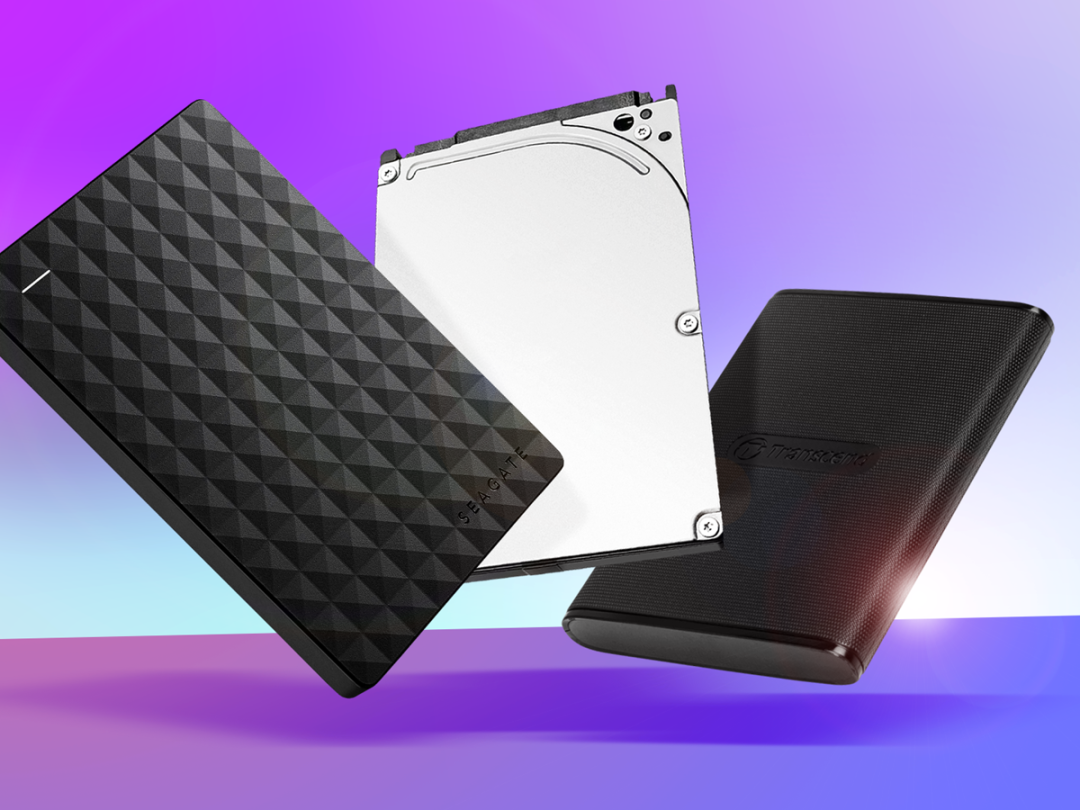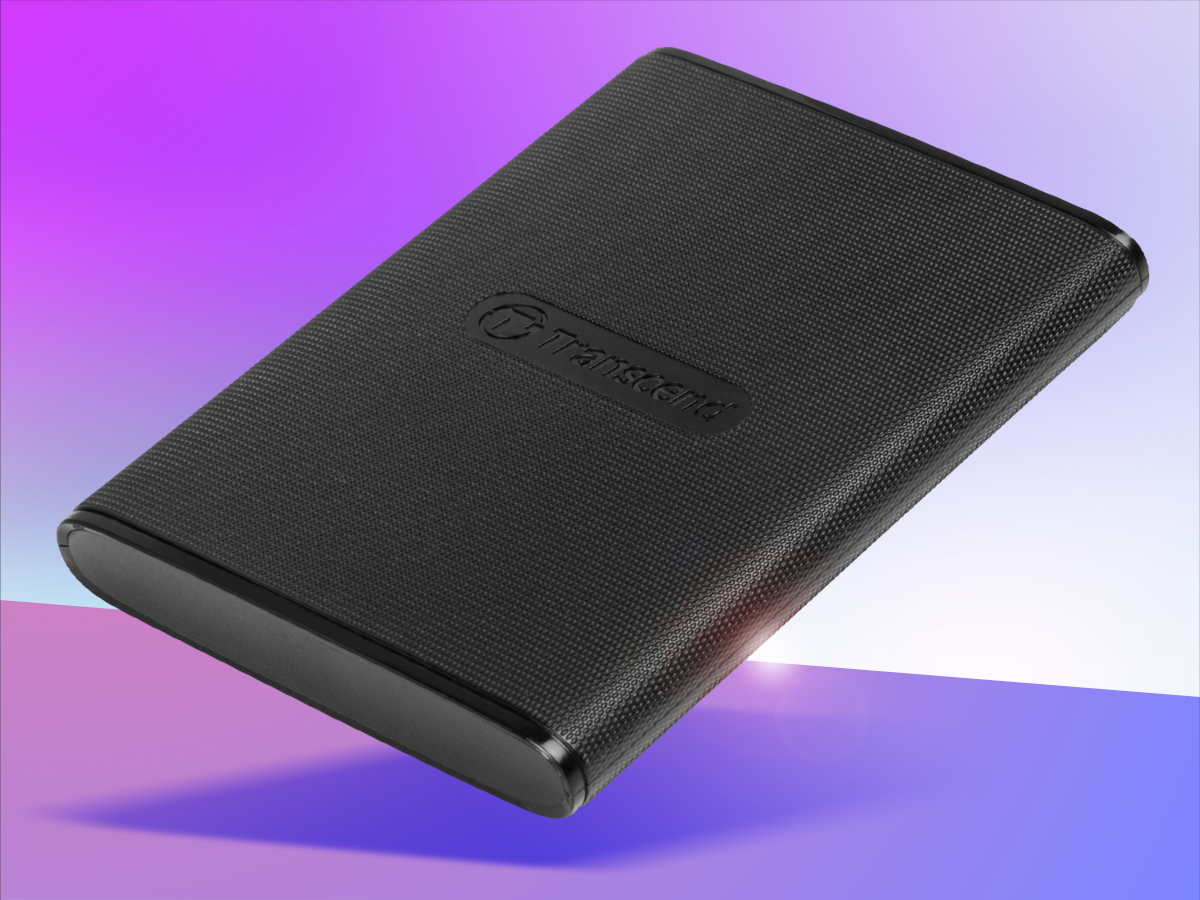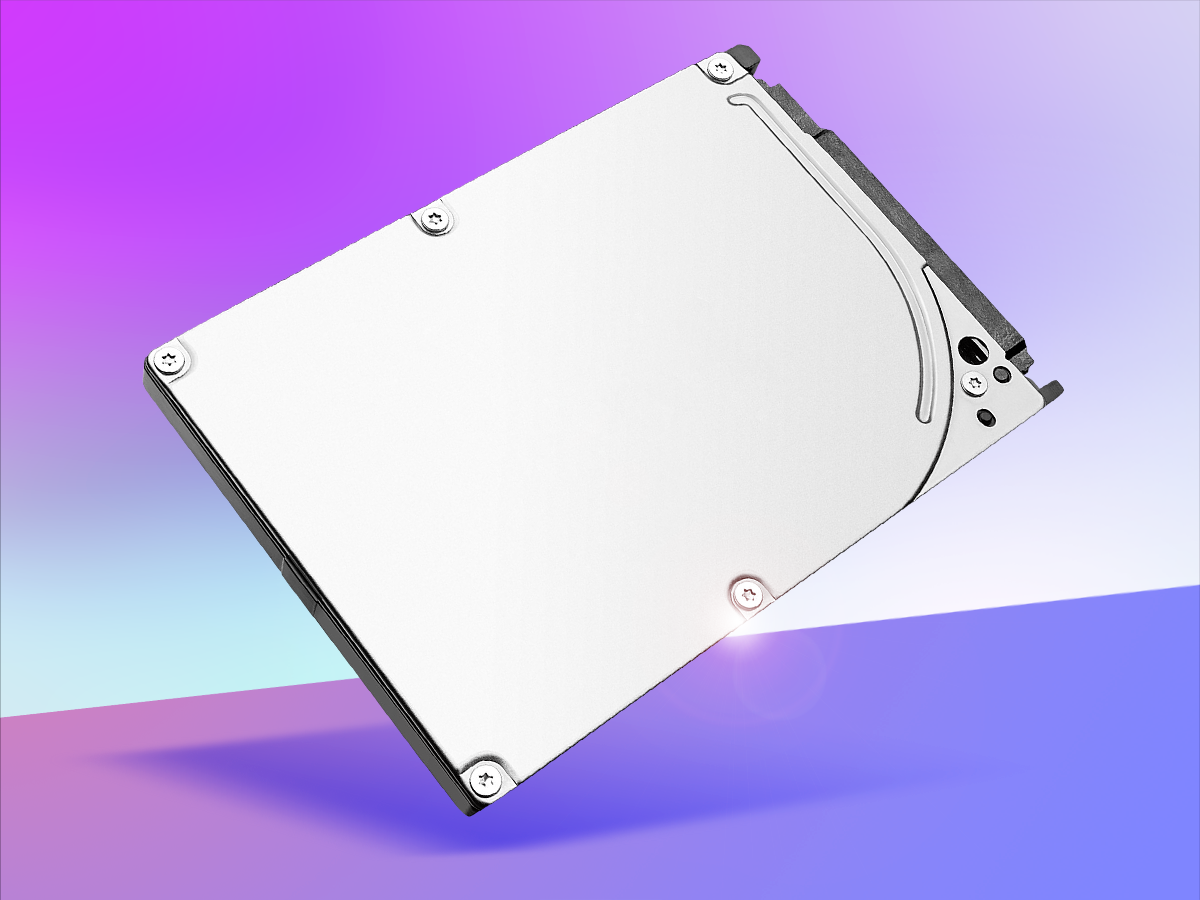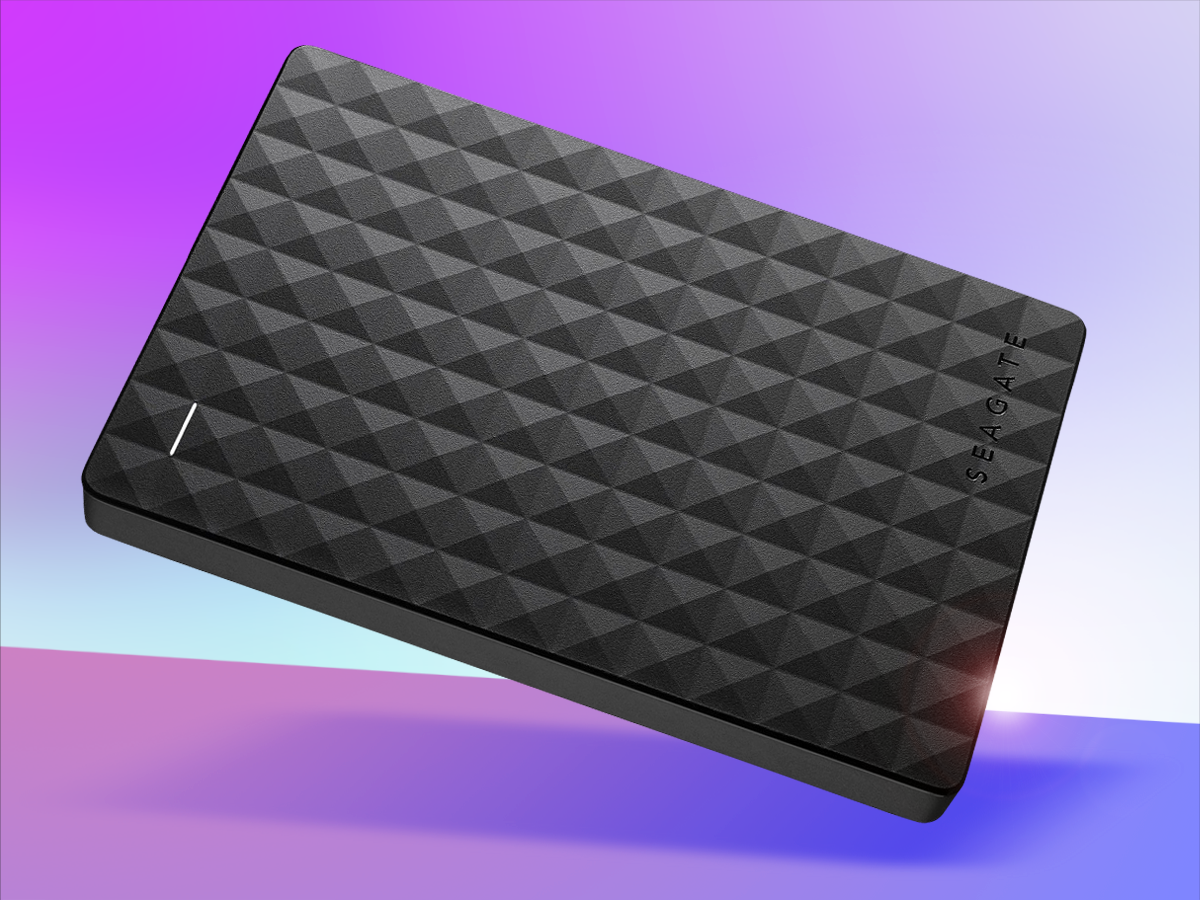How to expand your PS4 storage space with an external hard drive
Plug in a drive to store more games

PlayStation 4 software update 4.5 is here and – rejoice! – it’s delivered external hard drive support.
You’re now able to connect a USB 3.0-enabled external drive to your brilliant black box and it’ll increase your overall gaming capacity by anything between 250GB and 8TB, depending on the size of drive you go get.
Is it that simple, though? See, there’s more than one kind of drive, which means there’s more than one way to boost your PlayStation’s storage.
Worry not, as we’ve put a host of external drives to the test to find out just which solution makes the most sense for PS4 users aching to find some extra space.
GET SET UP
Whichever solution you opt for, going external takes a few steps to get up and running.
Start by plugging your drive into one of the PS4’s two USB ports. Then, head into the settings menu and search for ‘devices’.
From here, you’ll see an option for USB storage devices. Simply select your external drive, hit format and – give it a minute – you’ll unlock a wedge more space for apps, games and more.
That does mean you’ll want to start with a blank drive, though, or make sure anything important is taken off the drive before you format it.
…using an external SSD

Using a tiny solid-state drive as your PS4’s external expansion solution seems the obvious choice: not only are the drives properly pocketable, they’re also, in theory, much faster than traditional hard drives.
Here, though, the quandry of USB 3.0 comes into play. In theory, USB 3.0 has a top transfer speed of 5Gbps, where SATA III (used by most internal hard drives) offers 6Gbps, which isn’t a huge gulf. The difference, though, is that USB controllers can slow things down a lot – far more noticeably than any differences in drive speed itself.
What’s the outcome? Across all the drives we tested, the speed difference was marginal at best – likely because each had to channel through the USB 3.0 interface in order to talk to the PS4.
Transcend’s ESD220C SSD, for example, has a write speed of 400MB/s – which, while relatively quick, meant there was no major difference using it on the PS4 over the other drives, bar a few seconds shaved off loading times.
Still, as a drive the ESD220C is probably the one you want, if you’ve got the readies: while at 240GB it can’t rival the capacities of the HDDs below, it’s a tiny, tiny device that weighs nothing at all – perfect for packing in your game-sack.
…using an SSHD and a caddy

If, then, an SSD seems to make no noticeable difference beyond a couple of seconds on load screens, what’s the benefit of a hybrid drive?
These disks combine the vast storage capacity of a physical hard drive, with a small solid-state component. The drive learns which files you use most and intelligently puts them onto the quicker sector.
We picked up Seagate’s 1TB Game Drive for PlayStation and stuck it in a USB 3.0 enclosure to see whether that combination made a difference. The answer? Not really – beyond adding a far greater capacity for a lot less cash.
As precisely as we could measure them, load times were near identical to the SSD and, given that the solid-state drive should have been the quickest, we can’t imagine the SSHD getting any faster even as it learns which games are our favourites.
That was very much the same with gameplay, where there was no noticeable lag or bugginess on any of the drives, regardless of their mechanics. The only major benefit we can think of, then, for using a hybrid drive is that it combines a big capacity with the hardiness of flash memory, which might stand the test of time (being reconnected and rebooting repeatedly) a litte better.
…using an external HDD

Speed aside, there’s no trumping the trusty external hard disk drive, with its spinning disks and mechanical components, when it comes to capacity.
Sure, it’s a drive that you might not want to stick in your backpack and toss around, given those internals – but, beyond that, it’s almost identical in transfer and load times (if a pinch slower, and by this we mean it was barely noticeable) to the SSD.
It’s also an inexpensive way to vastly expand your PS4’s storage. The 2TB Seagate Expansion Portable we tested, for example, will set you back just £75.
A word, though, about capacity: while the 4.5 software update supports drives up to 8TB in capacity, anything above this simply won’t work. We had trouble using an 8TB drive which, for some reason, was seen by the PlayStation as having a capacity of 8.01TB – and it refused to format it.
Partitioning the drive into smaller sectors using a PC didn’t help, either, as the PS4 doesn’t seem to recognise these, and will continue to demand that you let it re-format the drive in exFat format – before refusing to do so.
Perhaps this is a PS4 bug that will be squashed in a future update, but for now you should approach 8TB drives with caution.
Buy the Seagate 2TB USB 3.0 portable hard drive here from Maplin
Tips and tricks
• Your PS4 will recognise two formatted drives at once – but only one can be used as an external storage location at any one time. To swap which one that is, head to ‘USB Storage Devices’ in the settings menu.
• You can hot-swap, too, meaning you don’t have to re-boot your console if you want to change drive. Simply tell the PS4 to stop using the current drive (through ‘USB Storage Devices’), before unplugging it and sticking your new drive in – your PS4 should see the new drive in five to 10 seconds.
• Transferring games over to your new drive is as easy as heading to the ‘storage’ menu and hitting the options button. This will bring up a list of your games with the option to shift them over.
• In theory, you could use a large-capacity USB 3.0 flash stick to serve as a backup drive – but, given the minimum capacity for an external drive on the PS4 is 250GB, we sadly weren’t able to find one big enough to try.
• Finally, the PS4’s USB slots are – annoyingly for this task – on the front of the console. To keep things neat, pick up some right-angled USB 3.0 extension leads that sit flush in the groove of the PS4. Tidy.



